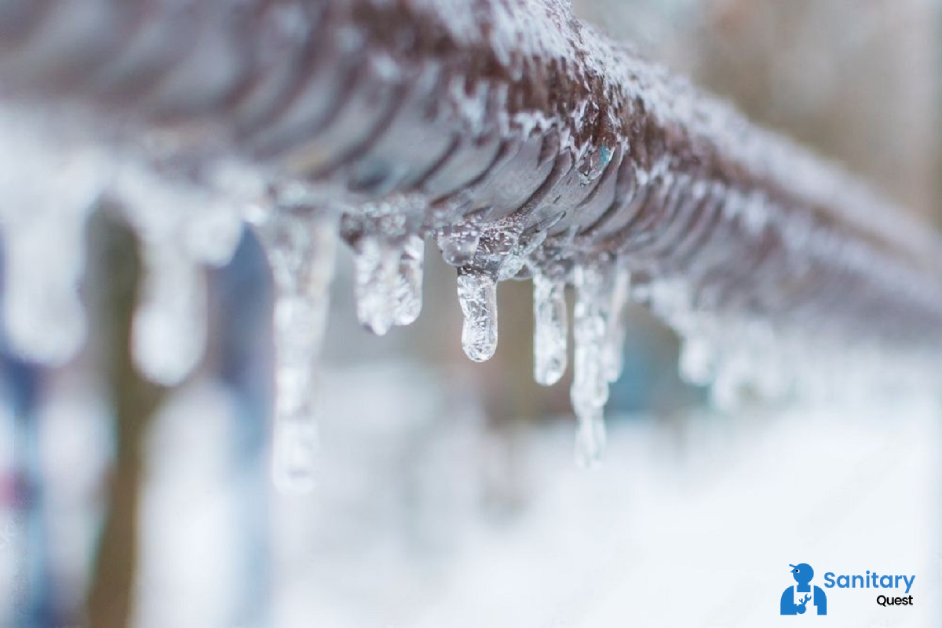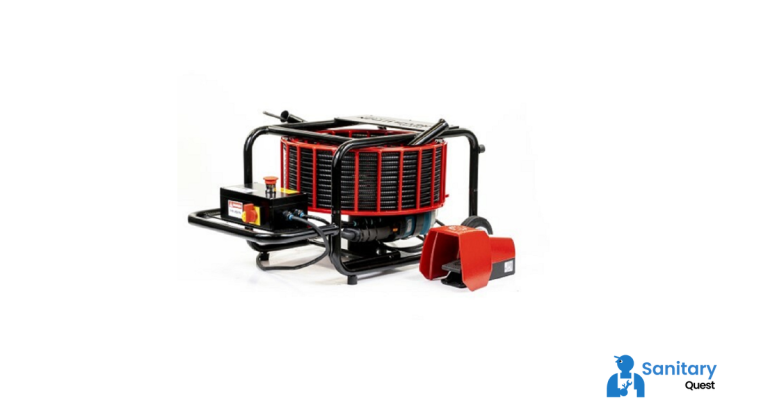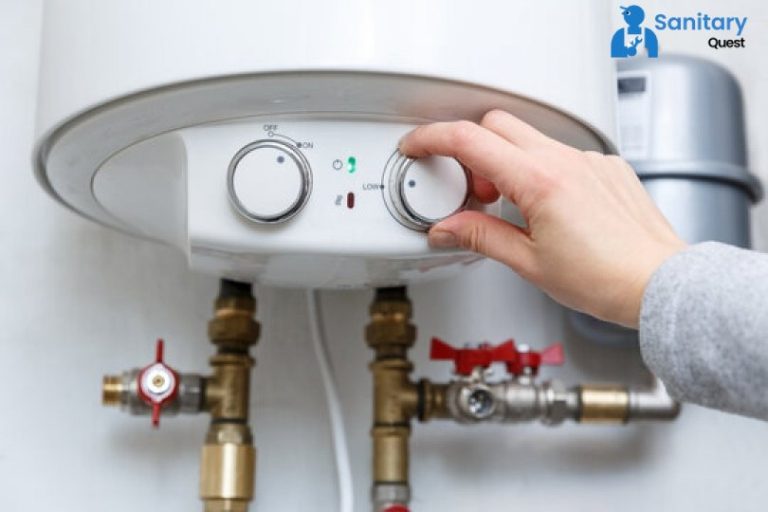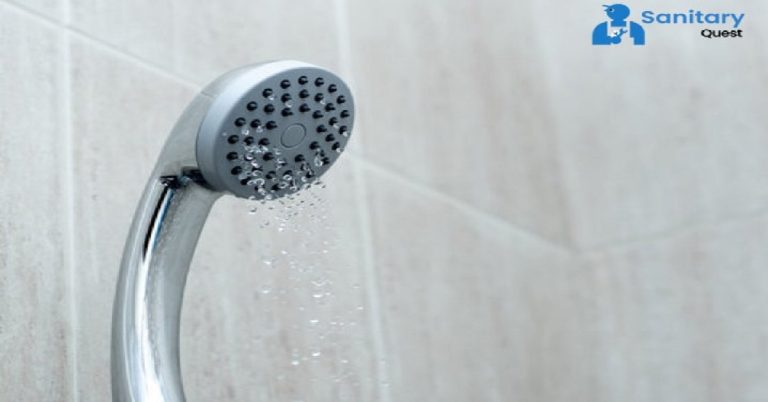Will Frozen Pipes Thaw on Their Own?
If the temperature outside falls below freezing, there is a chance that your pipes can freeze, which will prevent water from flowing through them. This raises a number of problems, including “When do frozen pipes thaw?” …and the question is, “Will they burst if they thaw?” We have included some helpful information that will help you learn more about the thawing process and some helpful thawing rules that you should follow to be successful.
How Long Does It Take for a Frozen Pipe to Thaw?
It might appear to be the most surefire strategy to wait for your pipes to unfreeze on their own; nevertheless, doing so can actually increase the likelihood that they will burst. If you wait for your frozen pipes to naturally thaw, it could take hours, days, or even weeks before the temperature rises to the point where it can entirely unfreeze the frozen pipes. If you wait for your pipes to defrost naturally, however, it should only take a few hours. In the event that you do not wait for this to occur, you will need needed take further precautions. Trying to predict this transition can be challenging and frustrating, particularly in situations in which there are frequent changes in the weather.
Frozen Pipes can sustain a large amount of damage if manual defrosting is not performed correctly, which can also result in significant damage being caused to the pipes. Defrosting pipes manually can take anything from a few minutes to several hours, depending on the temperature. An increase in the temperature inside can help defrost any of your pipes that are located inside, but the defrosting of any pipes that are located outside may take a longer time. However, if you have the right heating equipment, defrosting frozen pipes should only take you around half an hour to an hour and a half. The real challenge lies in completing this activity without jeopardizing one’s safety and keeping the pipe from bursting as a result of the operation.
Can Frozen Pipes Thaw Without Bursting?
The underlying reason why thawing pipelines carry the greatest risk of bursting is the pressure of moving water pressing against ice (inside the pipe), pipe fittings, and valves. This is also the major reason why frozen pipes line presents the greatest risk. When subjected to pressure of this nature, pipe fittings and valves are both more likely to fail than not. If you turn off the water supply, the water pressure in the pipes upstream may gradually increase to the point where they are no longer able to withstand the force. This will happen if the water supply is turned off. In addition, as soon as the temperature outside falls below 32 degrees Fahrenheit, untreated pipes have a larger chance of freezing, and as a result, bursting. This risk increases as the temperature continues to drop. This danger is going to become more prevalent as the temperature continues to drop outside. In spite of this, it is still feasible for your pipes to defrost without suffering any damage in the process. The meticulous warming up of the pipes and the gradual release of pressure both require patience, but they are both necessary steps in the process.
How to Manually Thaw Water Pipes Safely
To safely thaw and prevent damage to water pipes, follow these tips:
- Examine the area to determine if there is any sign of water movement at all. If there is no water flow at all, it is probable that your pipes are seriously frozen. In this situation, you will need to call for emergency service and manually thaw your pipes. If there is no water flow at all, it is possible that your pipes are severely frozen. If you hear water pouring or trickling, it’s possible that you can defrost your pipes by taking a few simple steps without having to turn on any additional heat.
- Turn off the main water valve supplying the line if you discover any spots where water is leaking out of a pipe (s). As a result, the water pressure in your frozen pipes should be lowered, preventing any potential ruptures. If you are having an emergency or can’t locate your main water shutoff valve, you should contact a plumber immediately.
- Turn on your sink’s hot and cold water faucets as well as any outdoor valves. Doing so will assist in lessening the pressure within the system and will make it possible for thawed water to safely drain out once the water begins to flow again.
- Increase the warmth in your home to progressively defrost the frozen pipes in your home by opening any closed sections, such as cabinet doors, that may be preventing the flow of water through your pipes. Increasing the flow of warm air to your plumbing will be facilitated by doing this.
- Manually defrost: Start the thawing process in the areas that are most susceptible to damage (near faucets). If you start by addressing these problem areas, the likelihood that your pipes will break will be reduced. To accomplish this, carefully apply heat to the regions that are frozen. A blow dryer is an excellent choice; however, you should use caution, move slowly, and stay away from open flames.
- When you are hunting for hidden pipes, you should make use of an infrared lamp so that you can zero in on the frozen areas. It’s possible that you’ll need to cut a hole in the wall of your house in order to gain access to the pipe.
- You can supply heat to exposed pipes by using a hair dryer, an infrared lamp, a portable heater, a heating pad, heat tape, or steamed towels. Other options include an infrared heating tape and an infrared heating pad (never use an open flame).
- When defrosting, avoid using anything that could potentially be hazardous. Never use a gadget with an open flame or a powerful heater (such as a propane heater) to defrost frozen pipes. This could cause serious injury. Applying such a high level of heat straight to the frozen pipe raises the risk that the pipe will burst, in addition to being a dangerous practice in and of itself.
- Remove any remaining ice from the pipes. Insulating tape, wires, or tubing can be applied to your pipes if you discover that they are not adequately covered or insulated. If you have exposed pipes in your attic, garage, or basement, you should heat those areas by raising the temperature on your thermostat or using electric heaters,
FAQs
Q1: How long does it take for pipes to thaw themselves?
The time it takes for pipes to thaw themselves can vary depending on several factors, including the extent of the freeze, the ambient temperature, and the insulation around the pipes. In some cases, pipes may begin to thaw within a few hours as temperatures rise. However, if the freeze is more severe or the weather remains extremely cold, it might take longer for the pipes to thaw naturally
Q2: Is it better to let frozen pipes thaw naturally on their own?
While pipes can thaw naturally on their own as temperatures rise, it’s generally advisable to take proactive measures to thaw them more quickly. Allowing pipes to thaw naturally might take an extended period, especially in extremely cold conditions, and during this time, the risk of pipe bursts due to expanding ice remains.
Q3: Will running hot water thaw frozen pipes?
Hot water running from a faucet can help thaw pipes if they are frozen near it. The hot water warms up the frozen part, making the ice inside melt. But if the freeze is bigger or more serious in the pipes, using hot water might not work as well. It’s important to know that just using hot water may not be enough for larger freezes.
Q4: How do you thaw pipes without bursting them?
Thawing pipes without bursting them requires a cautious approach to avoid causing damage. One effective method is to use gentle heat sources, such as a hairdryer, heat lamp, or space heater, to warm the frozen section gradually. Start from the faucet end and work your way toward the blockage, allowing the heat to penetrate and melt the ice.







